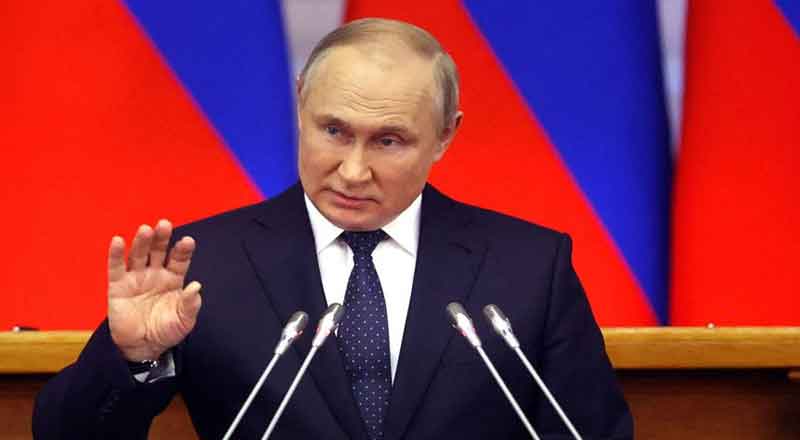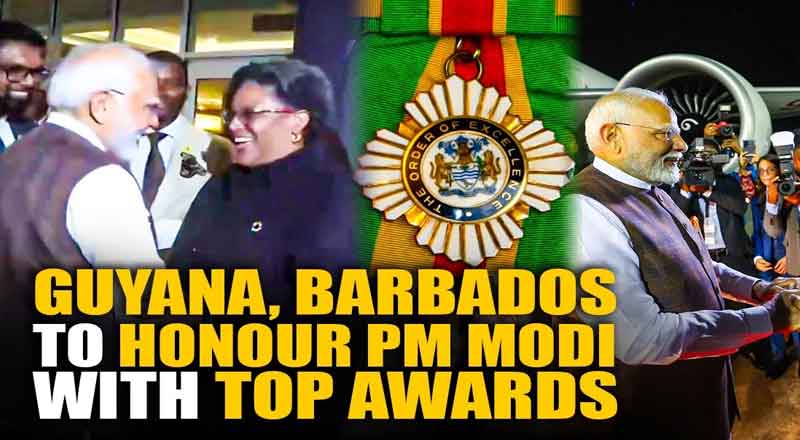The ongoing Russia-Ukraine war has added a new layer of complexity with Russian President Vladimir Putin’s recent changes to the country’s nuclear policy. These developments have drawn global attention to the Kremlin’s vast nuclear arsenal and its potential use. With over 5,500 nuclear warheads, Russia holds the largest stockpile in the world. This article delves into the significance of Putin’s policy shift, the scale of Russia’s nuclear capability, and what lies ahead.
What Changed in Russia’s Nuclear Doctrine?
On November 19, Putin announced updates to Russia’s nuclear policy, reducing the threshold for deploying nuclear weapons. The revised doctrine now allows for nuclear responses to non-nuclear attacks by a state supported by a nuclear-armed country. Notably, the policy introduces scenarios like responding to credible intelligence of a large-scale air assault on Russia.
Additionally, Belarus has been brought under Russia’s nuclear umbrella, further extending Moscow’s reach. This move underscores Putin’s willingness to escalate nuclear threats amid growing tensions with the West over the war in Ukraine.
Russia’s Nuclear Arsenal: A Closer Look
Russia inherited the Soviet Union’s nuclear arsenal, making it the largest in the world. According to the Federation of American Scientists (FAS), Russia possesses 5,580 nuclear warheads. These include:
- 1,710 strategic warheads: Deployed across land-based ballistic missiles, submarine-launched ballistic missiles, and heavy bombers.
- 3,670 tactical warheads: Stockpiled but not actively deployed.
- 1,200 retired warheads: Intact but awaiting dismantlement.
In comparison, the United States, China, France, and the UK collectively possess fewer warheads. The destructive potential of these weapons is immense, with modern nuclear warheads exceeding 1,000 kilotons, significantly more powerful than those dropped during World War II.
Command and Control: Who Holds the Keys?
The decision to deploy nuclear weapons lies solely with Vladimir Putin. The Russian president is equipped with a nuclear briefcase, known as the Cheget, which provides constant communication with military officials and rocket forces. Alongside Putin, Russia’s Defense Minister and Chief of the General Staff also reportedly hold briefcases to ensure continuity in nuclear command.
Upon the president’s command, launch orders cascade through a chain of communication to strategic rocket forces, enabling rapid deployment. This centralized control raises concerns about unilateral decision-making in high-stakes scenarios.
Modernization and Expansion of Russia’s Arsenal
While Russia’s nuclear rhetoric has intensified, there has been minimal expansion of its arsenal since the Ukraine war began. However, FAS warns of potential increases in the number of warheads assigned to Russian forces, as older single-warhead missiles are replaced with newer ones equipped with multiple warheads.
This modernization signals Russia’s long-term commitment to maintaining nuclear dominance, even as global leaders push for arms reduction.
The Global Risk: Will Putin Use nuclear weapons?
The question of whether Putin will resort to nuclear weapons remains unanswered. Since the war’s inception, he has repeatedly raised the specter of nuclear strikes:
- February 2022: Putin warned of “unprecedented consequences” for nations interfering in Ukraine.
- June 2023: He announced the deployment of tactical nuclear weapons in Belarus, a move interpreted as a direct threat to Ukraine and its allies.
- February 2024: Putin cautioned the US and Europe against provoking a conflict that could lead to “the destruction of civilization.”
While these statements have alarmed global powers, Putin has also sought to downplay the likelihood of nuclear deployment, stating in interviews that he hadn’t actively considered it.
Navigating an Uncertain Future
Putin’s changes to Russia’s nuclear doctrine and the country’s formidable arsenal mark a pivotal moment in the global geopolitical landscape. With the revised policy lowering the threshold for nuclear deployment, the risks of escalation in the Russia-Ukraine war have grown.
Global leaders face the urgent task of balancing deterrence with diplomacy to avoid catastrophic outcomes. As the world watches and waits, the specter of nuclear war serves as a stark reminder of the stakes involved in the conflict and the critical need for international cooperation to ensure peace and security.
(With inputs from agencies)





